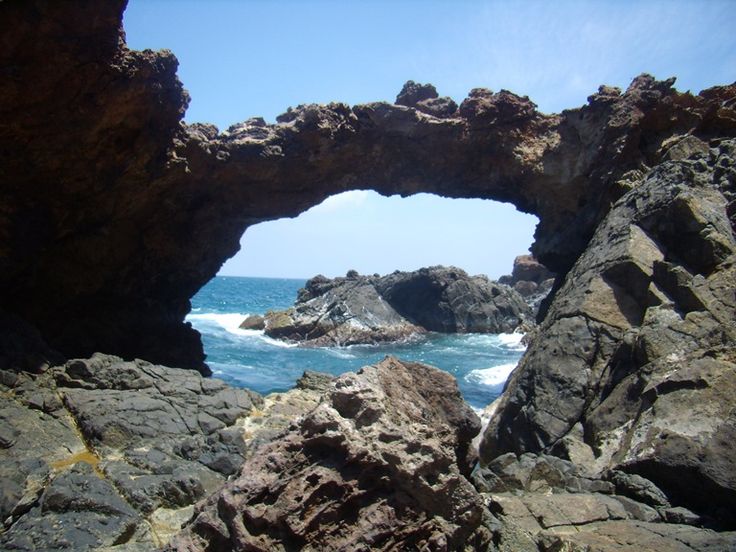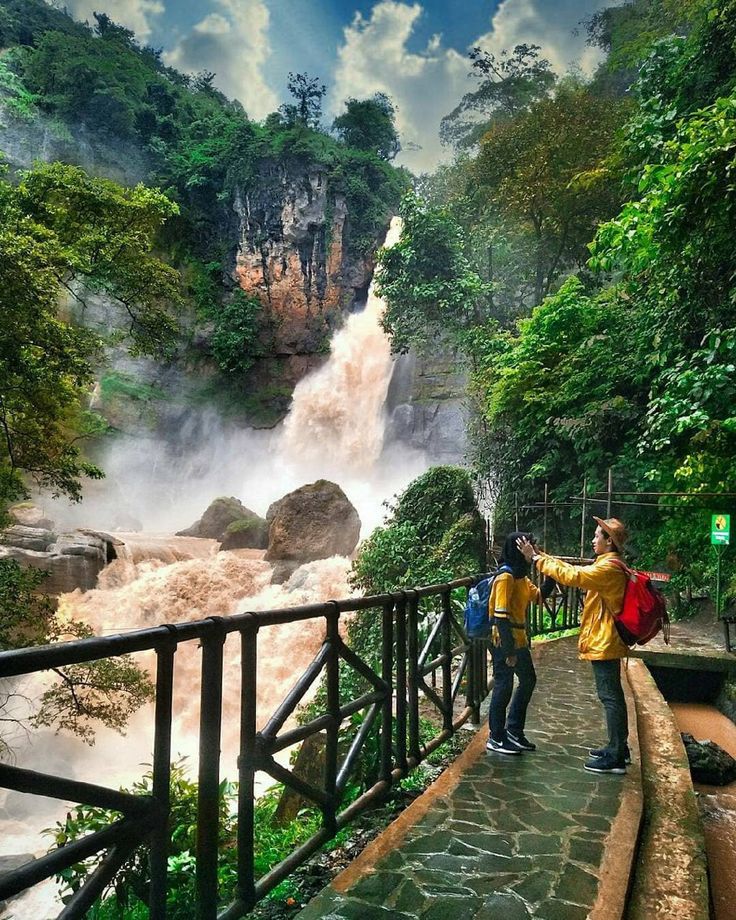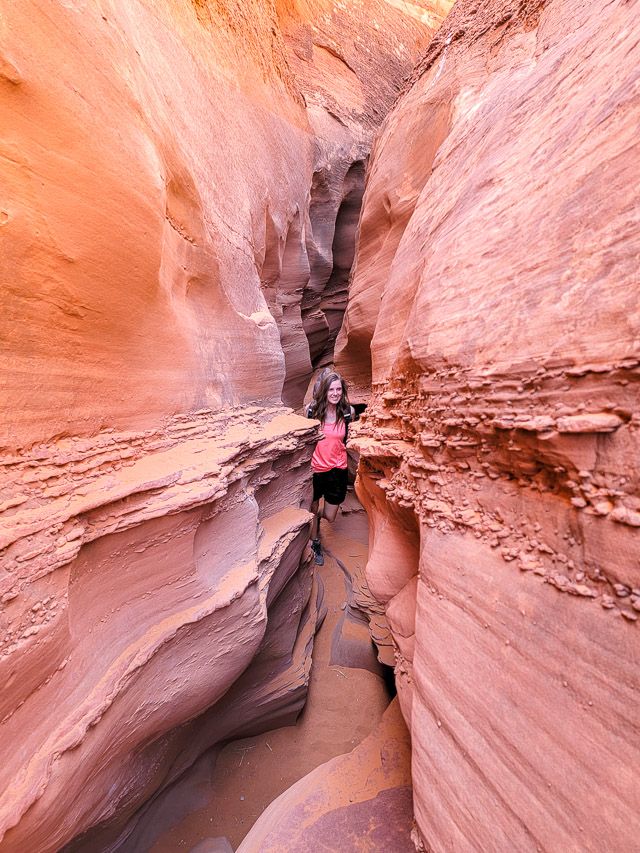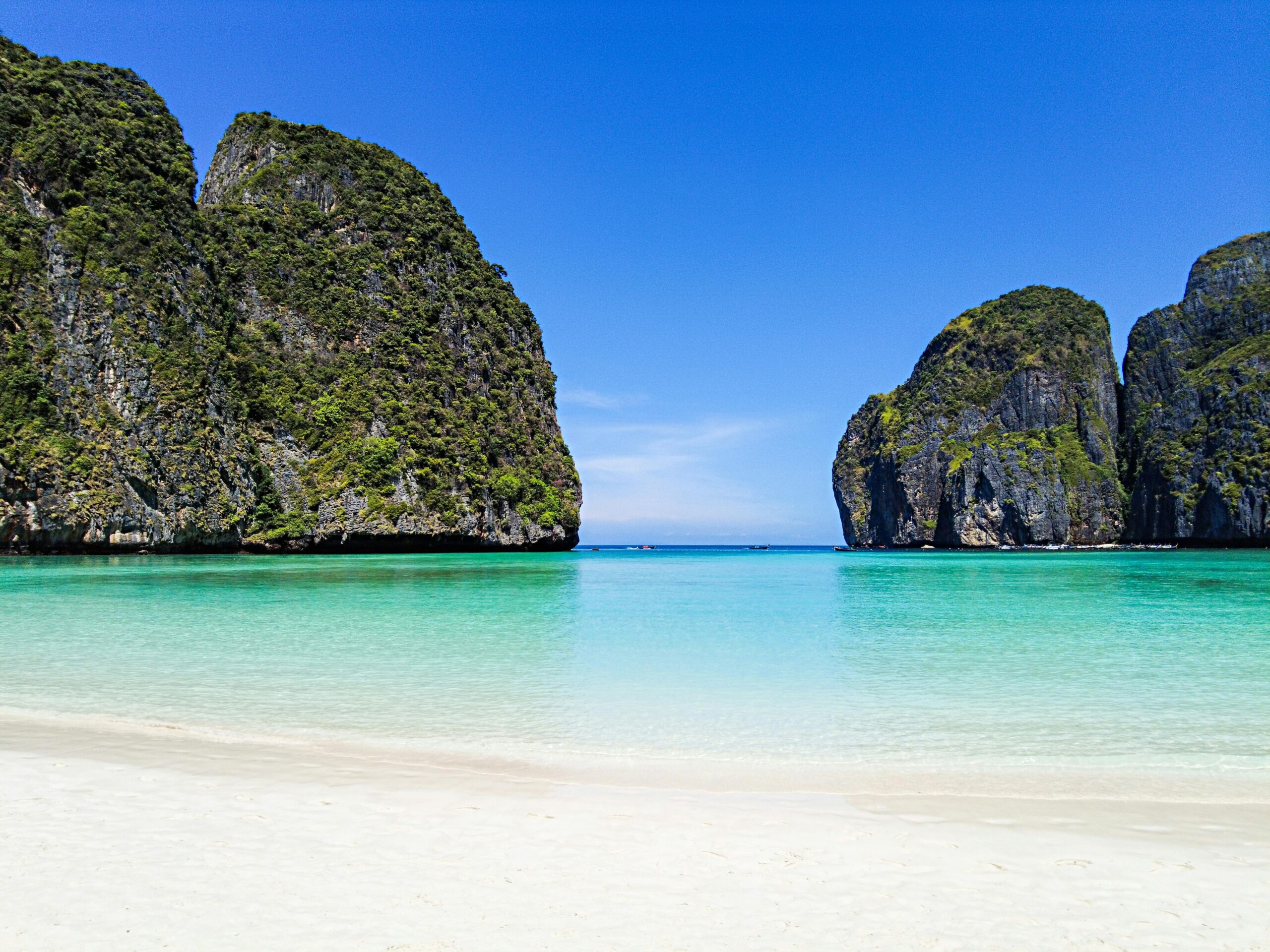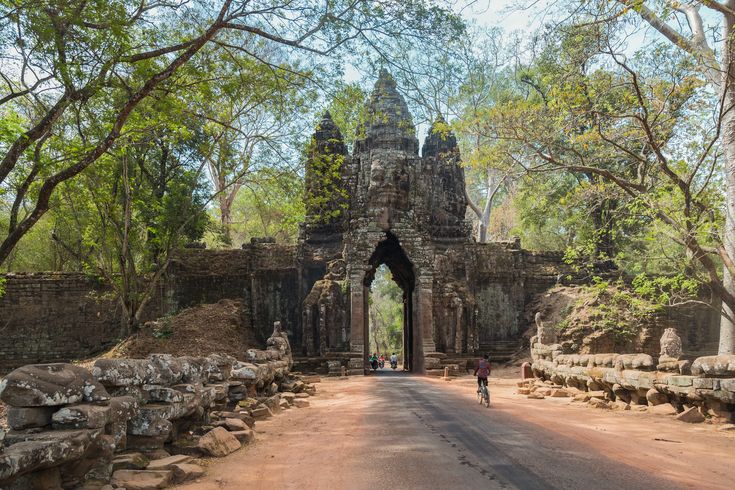Iguazu Falls Argentina & Brazil
Iguazu Falls is one of the most breathtaking natural wonders in the world, drawing travelers from across the globe. Straddling the border between Argentina and Brazil, this massive waterfall system consists of around 275 individual falls spread across nearly two miles of the Iguazu River. The falls are located in the lush jungles of the Iguazu National Park, which is shared by both countries. A visit to Iguazu Falls promises not only awe-inspiring views but also a range of exciting activities for adventurers and nature lovers alike. Whether you’re planning to travel to Iguazu Falls from Argentina or Brazil, this travel guide will help you navigate the experience and make the most of your visit.
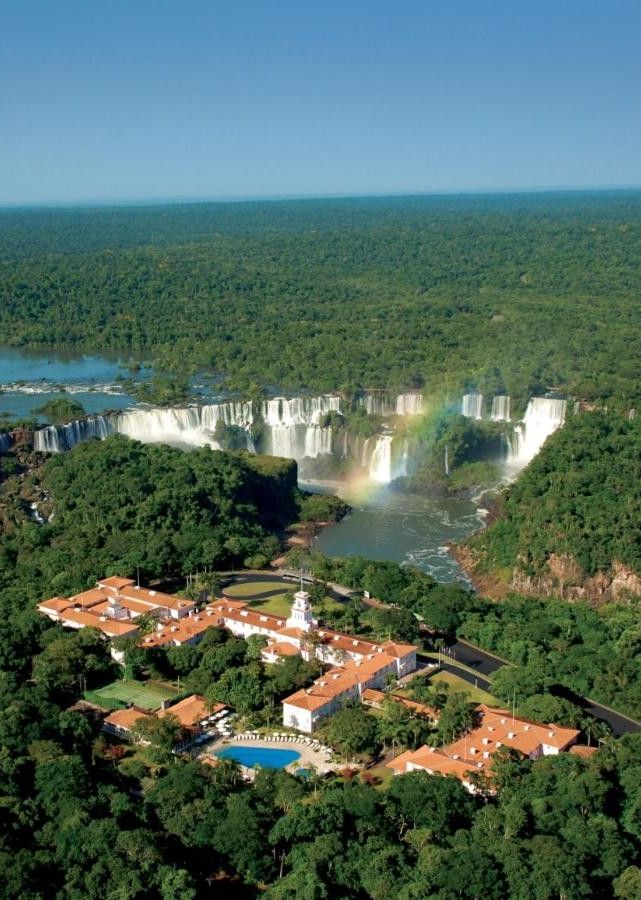
Where Is Iguazu Falls
Iguazu Falls sits on the border between two countries: Argentina and Brazil. It is located in the subtropical region of South America, where the Iguazu River flows through lush forests and creates one of the largest and most spectacular waterfall systems in the world. The falls are situated near the city of Foz do Iguaçu in Brazil and Puerto Iguazú in Argentina, both of which are popular entry points for travelers. The falls themselves span both nations, allowing visitors to experience different perspectives of the natural beauty and power of the falls from either side.
How to Get to Iguazu Falls: Argentina & Brazil
Traveling to Iguazu Falls is relatively easy, thanks to well-established transport links from both Argentina and Brazil.
From Argentina
Fly into Cataratas del Iguazú International Airport (IGR), which is located just 20 minutes from the Argentine side of the falls, near the town of Puerto Iguazú. From the airport, you can take a taxi or shuttle to the entrance of Iguazu National Park. Alternatively, you can take a long-distance bus from cities like Buenos Aires or Cordoba, although the journey can take up to 18 hours.

From Brazil
Fly into Foz do Iguaçu International Airport (IGU), located just 10 km from the Brazilian entrance to the falls. From there, you can easily reach the park by taxi or bus. Buses connect Foz do Iguaçu with other Brazilian cities, including Rio de Janeiro and São Paulo, making it convenient for travelers coming from within Brazil.

Iguazu Falls Argentina Side: What to Expect
The Argentine side of Iguazu Falls offers a more immersive experience, allowing you to get up close to many of the falls. The Iguazu National Park in Argentina features well-maintained walking trails that take you through dense jungle to various viewpoints. One of the highlights is the Devil’s Throat (Garganta del Diablo), a massive U-shaped chasm that boasts a stunning panoramic view of multiple falls crashing down into the river below. You’ll also find boat rides that take you closer to the base of the falls for an unforgettable (and wet!) adventure.
Entrance Fee (Argentina)
To visit Iguazu Falls on the Argentine side, you’ll need to purchase an entrance ticket. As of 2025, the ticket costs approximately 800 Argentine pesos (around $4 USD). Prices are subject to change, so it’s a good idea to check in advance. The entrance fee includes access to the park’s extensive network of walking trails and viewpoints, as well as shuttle buses that take you around different parts of the park.

Iguazu Falls Brazil Side: What to Expect
The Brazilian side of Iguazu Falls offers sweeping panoramic views, providing an excellent opportunity to take in the entire width of the falls. The park is smaller than the Argentine side, but the views are equally spectacular. Visitors can follow well-marked trails that take them to various lookout points. The most famous viewpoint is from the top of the falls, offering a stunning vista of the cascading water. Boat rides are available from the Brazilian side as well, and many tourists choose to combine the boat ride with the visit to the falls for a thrilling experience.
Entrance Fee (Brazil)
The entrance fee for the Brazilian side of Iguazu Falls is typically around 70 Brazilian reais (approximately $15 USD). This fee grants access to the park’s trails and viewing areas. While the Brazilian side is smaller, the views are no less impressive, and many visitors opt to visit both sides to get a full experience of the falls.
How Much Time to Spend at Iguazu Falls
When planning a trip to Iguazu Falls, it’s important to allow enough time to explore both the Argentine and Brazilian sides. A full visit to both sides typically requires at least two to three days. On the Argentine side, you’ll want to spend a full day exploring the trails, taking boat rides, and visiting the various viewpoints. On the Brazilian side, you can typically complete the visit in half a day, leaving you with ample time to explore nearby attractions, such as the Itaipu Dam or the city of Foz do Iguaçu.

What to Bring to Iguazu Falls
When visiting Iguazu Falls, it’s essential to be prepared for the tropical climate and the intense mist generated by the falls. Be sure to bring:
- Comfortable walking shoes for the park’s trails.
- Waterproof clothing or a rain poncho to stay dry.
- Sunscreen and a hat for sun protection.
- Insect repellent, as the area can be buggy.
- A camera or smartphone to capture the stunning views.
Don’t forget to bring plenty of water and snacks to keep hydrated and energized while exploring.
Best Time to Visit Iguazu Falls & Why
The best time to visit Iguazu Falls is during the shoulder seasons of spring (September to November) and autumn (March to May). During these months, the weather is more temperate, and there are fewer tourists, allowing you to enjoy the falls without the crowds. The falls are especially spectacular during the rainy season (December to February), when the water levels are higher, but it can be more crowded and rainy. The dry season (June to August) is ideal for those looking to avoid the rain but be prepared for colder temperatures, particularly in the mornings and evenings.
Iguazu Falls Argentina vs Brazil: Which Side Is Better
Both sides of Iguazu Falls offer unique experiences, and the choice between the two depends on what you’re looking for. The Argentina side offers a more immersive experience with its longer trails, boat rides, and close-up views of the falls. It’s ideal for those who want to explore the jungle and get a more intimate experience with the falls. On the other hand, the Brazil side is perfect for panoramic views and stunning photographs of the entire waterfall system. Most visitors recommend seeing both sides to fully appreciate the grandeur of Iguazu Falls.

Iguazu Falls: Some Important Fun Facts
- The name “Iguazu” comes from the Guarani and Tupi words for “big water.”
- Iguazu Falls is taller than Niagara Falls, with some falls reaching heights of up to 80 meters (262 feet).
- The falls were first discovered by the Spanish in the 16th century but remained relatively unknown to the outside world until the 19th century.
- Iguazu Falls is a UNESCO World Heritage Site, recognized for its unique biodiversity and natural beauty.
- The falls are located in one of the richest ecosystems in the world, home to a variety of wildlife, including toucans, monkeys, and jaguars.
Iguazu Falls is a must-see destination for any traveler, offering awe-inspiring views, thrilling activities, and a chance to connect with nature in a truly spectacular setting. Whether you choose to visit Iguazu Falls from Argentina or Brazil, you’re sure to have an unforgettable experience. Plan your visit wisely and prepare for a trip that will stay with you long after you’ve left the falls behind.



